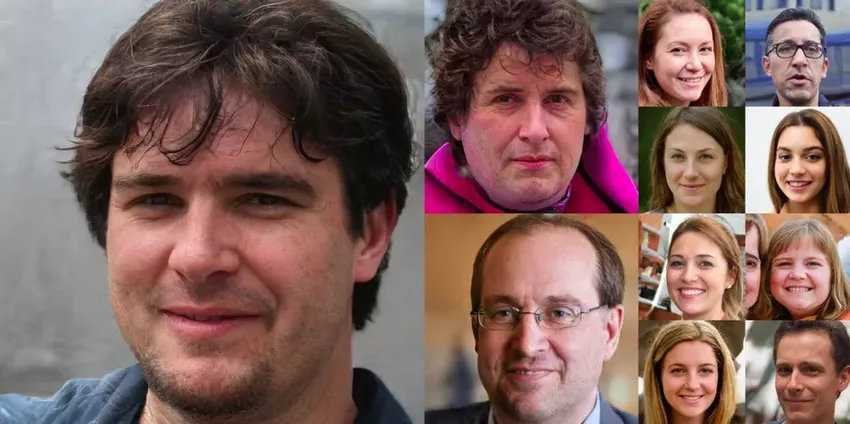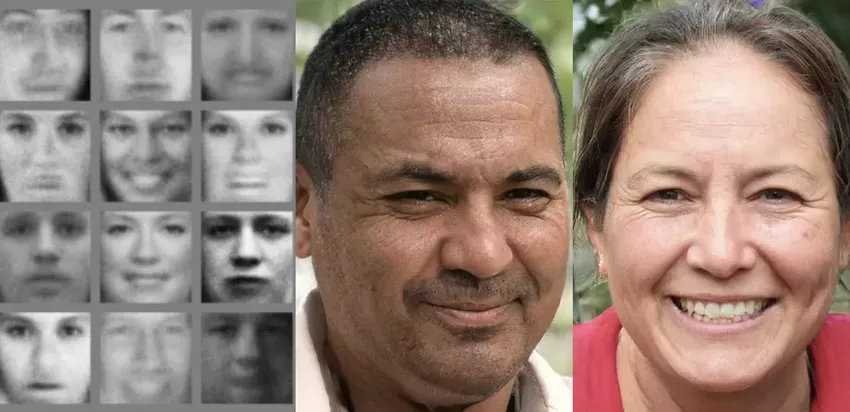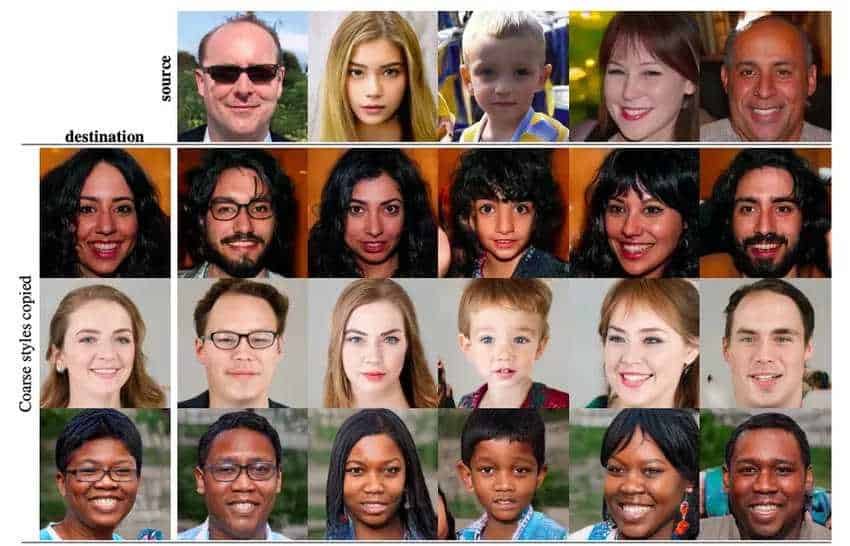Developments in artificial intelligence move at an impressive pace, so much so that it is often difficult to follow. Machines have now managed to produce incredibly realistic photographs of people who have never existed on Earth.

These realistic but non-existent faces of the photograph above are the work of Nvidia researchers. In their work in artificial intelligence. which publicly presented last week, describe the modification of the Generative Adversarial Network (GAN) to create these fictitious images. Take a closer look. If you did not know it was false, could you understand it?
In the image above you can see what progress is within four years of entering the artificial intelligence into the image. The rough black and white faces on the left are from 2014 and were published in one paper, which then launched the AI tool called Generic Adversarial Network (GAN). On the right you see a similar job that was published this month, which used the same method (GAN), but the image quality difference is clearly huge.

What is particularly interesting is that these fake faces can also be easily adjusted. Nvidia engineers have incorporated in their work a method known as style transfer, in which the features of one image are blended with another. You may recognize the term from various image filters that have been popular in recent years in applications such as Prisma and Facebook, which can make yourself look like an Impressionist painting or a cubist work of art.
Applying style transfer to people, allowed Nvidia researchers to adapt them remarkably. In the following grid, you can see the evolution. By taking a picture as a source of a real person (the top row) and mixing them with others of a different real person (right column) see the result produced. Features such as the color of the skin and the hair etc are mixed together, creating a whole new face.

Naturally, the ability to create realistic people through artificial intelligence raises worrying questions. These tools could be used for misinformation and propaganda and could disturb public confidence in visual elements. A fact that could damage the judiciary as well as politics. Especially in today's time when fake news has managed to fool even journalistic agencies.
As for manufacturing difficulty and fidelity: Nvidia researchers took a week to train their model on a machine with eight Tesla GPUs to create these faces. There are also indications which we can look for to find fake photos. Hair, for example, is very difficult to forge. They often look like they are painted with a brush or very blurred. However, Nvidia's work shows how fast the development of artificial intelligence in this field is, and at this rate they will not be slow to create algorithms that can prevent such mistakes.
It is clear that there will be a battle in the coming decades for the identity of an image, between fake creations of artificial intelligence and researchers security. And right now, artificial intelligence has the upper hand.





